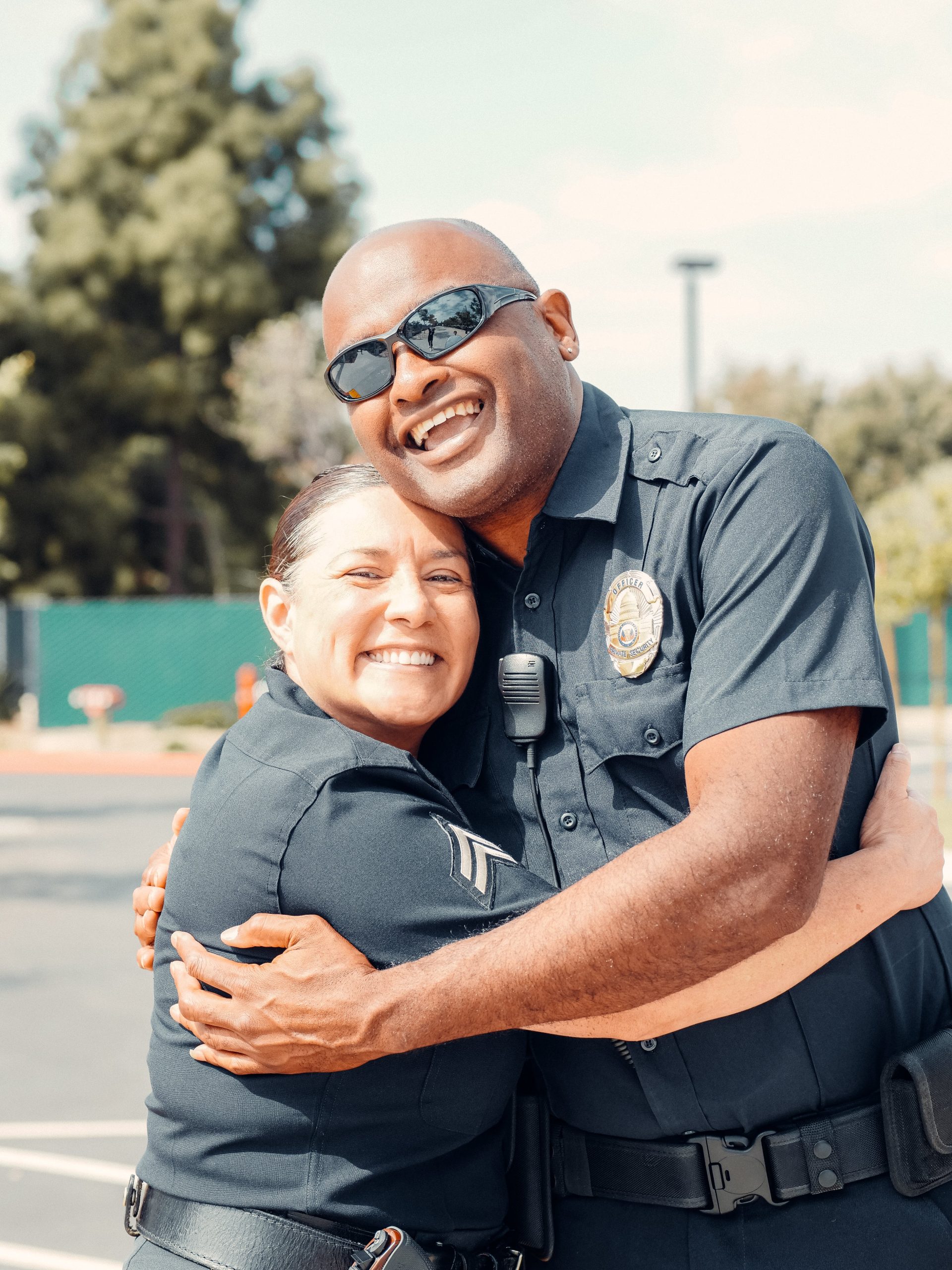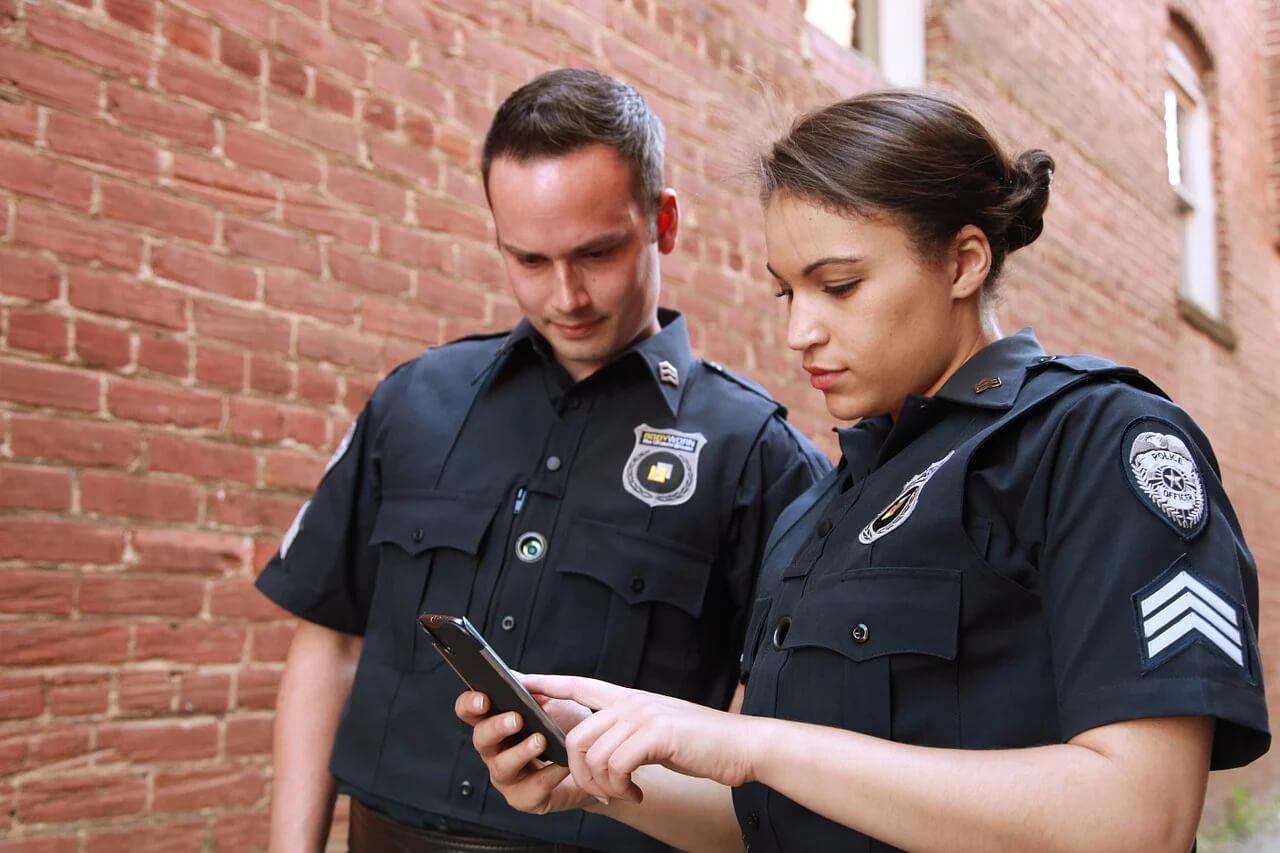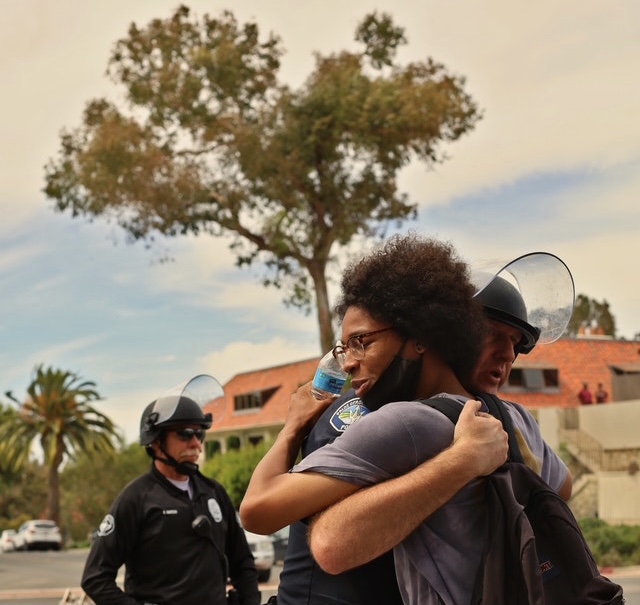Crafting Effective Engagement Surveys: Best Practices for Law Enforcement
As pressures for policing reforms mount, progressive agencies now regularly survey officers to gather insights that inform improvements. Well-designed confidential polls provide crucial data on evolving needs, morale challenges, misconduct risks, and more that might otherwise go undetected. This post shares proven tips for creating maximally effective engagement surveys.
Align Questions to Organizational Goals
Surveys shouldn’t be general temperature checks. Tailor questions to focus on specifics relevant to current challenges and reform priorities. This strategic alignment enhances utility of findings. Some examples:
-
- Assessing perceptions of community relations programs if rebuilding trust is a goal.
- Testing support for proposed policy revisions before finalizing.
- Evaluating adequacy of behavioral health crisis training if improving those responses is an objective.
- Pinpointing gaps in leadership communications around major initiatives.
Actionable insights derive from questions honed to current priorities using an intentional change management lens.
Prioritize Issue Diagnosis
While gauging broad satisfaction levels provides useful context, the most constructive questions drill down on specific pain points so root causes of dissatisfaction can be addressed. Examples include:
-
- Having officers score and discuss frustrations with particular policies and equipment.
- Pinpointing when leadership communications are unclear or inadequate.
- Identifying parts of training programs that need strengthening.
- Uncovering specific factors hindering community partnership goals.
Granular issue diagnosis enables targeted solutions. Generalized venting is less productive.
Enable Open-Ended Input
Quantitative scores provide helpful diagnostics, but qualitative write-in responses offer richer insights. Some good open-ended questions:
-
- “What specific policy or procedure changes would you recommend and why?”
- “Describe a time when lack of communication from leadership negatively impacted your duties.”
- “What additional training or resources do you need to perform your role effectively?”
- “Share suggestions on how we can enhance accountability and transparency.”
Allowing confidential elaboration gives space for officers to truly express perspectives, ideas, and needs.
Assure Anonymity
Without absolute certainty responses won’t be linked back to them, officers will hold back critical input. Use external platforms allowing anonymity like Officer Survey. Never have officers complete surveys on departmental devices or networks which can be monitored. Mandate data security protections like immediate encryption. The more anonymity is protected, the more authentic insights will be shared.
Track Trends with Repeated Pulse Checks
Annual or biannual surveys provide helpful snapshots, but more frequent pulse checks identify evolving dynamics in real time. Recurring anonymous polls on targeted topics enable course correcting quickly when emerging needs or friction points surface. Trend analysis also reveals if reforms have the intended impact.
Solicit Participation Broadly
Input from a representative cross-section of the full force is ideal, not just feedback from vocal critics or cheerleaders. Consider:
-
- Leveraging officer associations, unions, affinity groups, etc. to encourage participation.
- Communicating the tangible benefits engaging provides for the department and officers themselves.
- Incentivizing participation by entering respondents into prize drawings for gift cards, extra leave days, etc.
Proactive inclusive outreach expands perspectives gained.
Pilot Test and Refine
Before launching a full-scale survey, pilot the questionnaire with a smaller test group. Look for:
- Confusing wording that should be clarified based on feedback.
- Question phrasing that could unintentionally influence responses.
- Gaps in issues explored that officers want addressed.
- Any technical difficulties accessing or taking the survey.
Piloting surfaces instrument shortcomings that can be corrected, enhancing validity and response rates.
Well-crafted anonymous surveys provide a secure channel for officer perspectives that would otherwise go unheard. Following the best practices above allows leaders to harness these insights to drive reforms collaboratively, not through top-down assumptions. Officers engage more when they trust surveys produce real culture improvements.
Officer Survey
One proven solution more departments now rely on to conduct secure engagement surveys is Officer Survey. Their external platform allows completely confidential feedback, increasing response candor. Leader dashboards provide data-driven diagnostics to inform policy changes and improvements that increase officer buy-in through collaboration. Verified response anonymity and encryption protocols ensure officers can participate without retaliation risks. Overall, Officer Survey’s purpose-built solution enables progressive law enforcement agencies to turn officer perspectives into actionable insights for positive reforms. To get started click here








